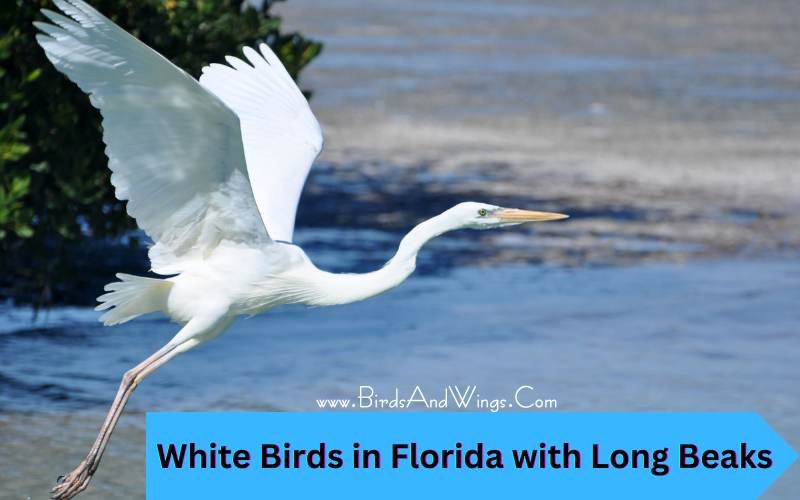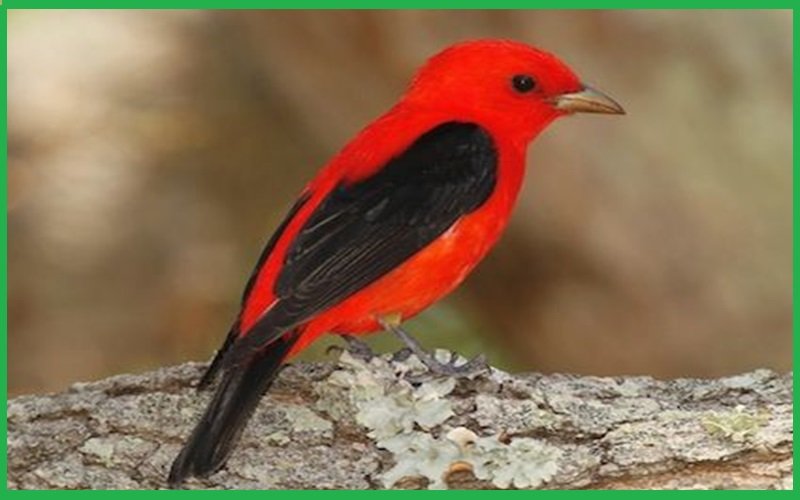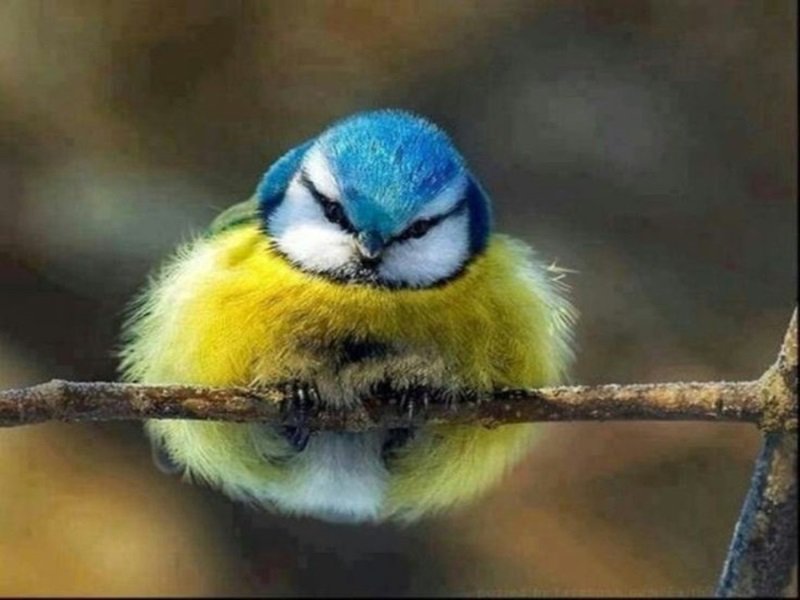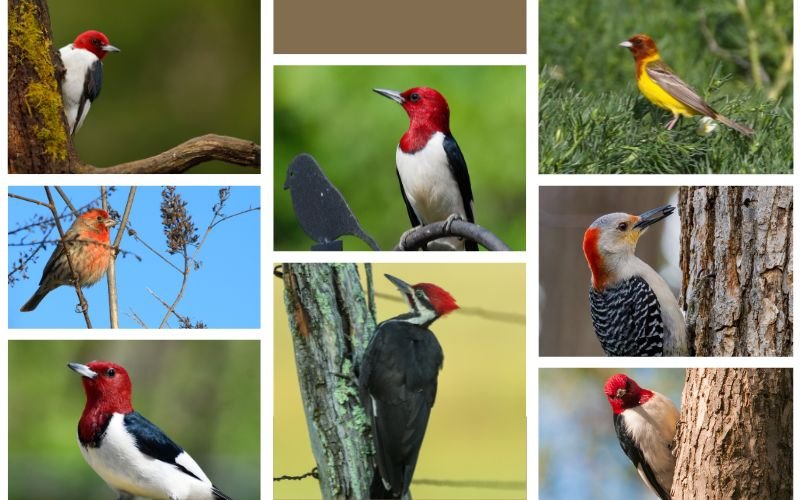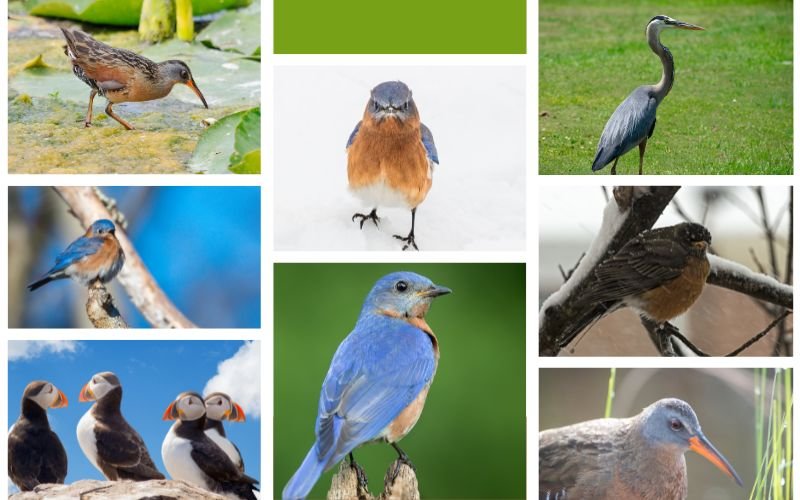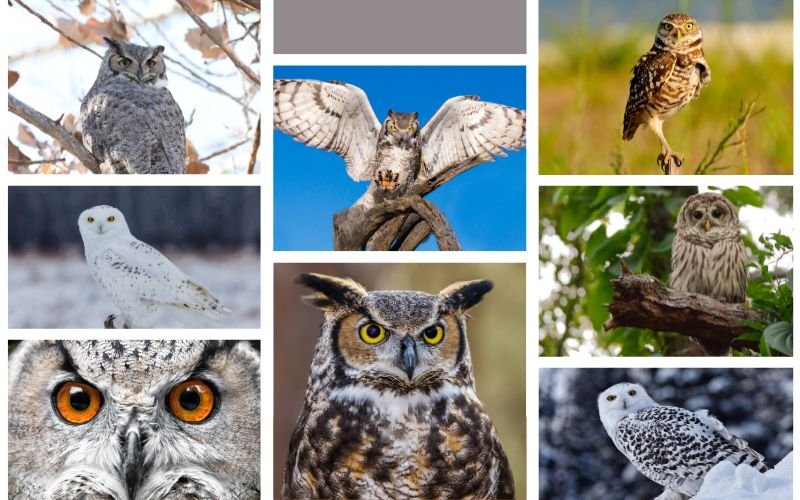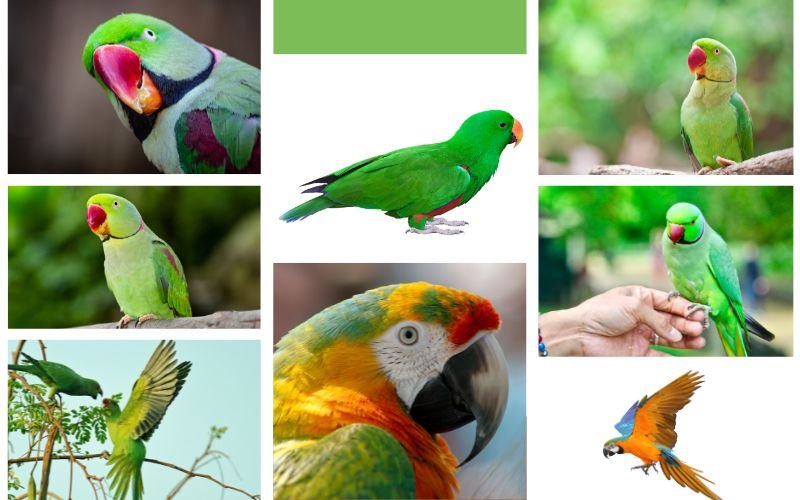Birds have always been beautiful creatures on Earth. They play a very important role in the ecosystems and overall balance of our earth. Every bird has their own characteristics and significance where they contribute to the earth in their own way.
Among all of them, birds with long beaks are the most diverse creatures on Earth. Their unique long beak helps them to adapt to nature, and survive in nature. This article will explore the top 15 birds with long beaks and their unique characteristics, habitat, distribution, and adaptation level to nature while showing the importance and benefits of these long beaks.
List of top 15 birds with Long Beaks
1. American white pelican:

American white pelican large water bird with long beaks. This beak can be 15.2 inches long. They also have large throats in which they catch their food or prey. This waterbird had very broad wings, a long neck thick bodies and short legs.
These birds live in different places depending on the time of the year. During their breeding season, they go on islands or remote areas in freshwater lakes or reservoirs in North America. In the non-breeding season, they go to coastal areas like Mexico, and California.
This American white pelican has a unique way to find food which is called “group fishing”. They gather and surround their prey or fish in the water and herd them from different directions. Their large throats can hold 13 litres of water. They also have good eyesight. They can find a fish while flying.
2. Toco Toucan:

Toco Toucan birds are also known for their large colourful beaks. These beaks can be longer up to 8 inches (19 centimetres). Those beaks have bright colours with yellow and orange mostly in bright orange colour.
These birds are mostly native to South Africa including Brazil, Argentina, Paraguay, Amazon rainforest. They prefer habitats with tall trees because their beaks are well suited for finding fruits for distant branches.
These birds not only use their beaks for feeding and eating but also use their beaks for unique vocalisation including deep craving sound. These birds can live up to 20 years in captivity.
3. Shoebill:
Shoebill bird also known as the whale bill, whale-headed stork. This bird also has unique long, wide and flat beaks. These beaks can be 9.4 inches long. This bird can be found in tropical Africa such as Sudan, South Sudan, Uganda etc.

Their beak is not only long but also very strong. It can crush its prey, can capture larger snakes or large fish in the water. This shoebill bird has unique adaptations to nature. It can walk into shallow water without any difficulties because of its long legs and wide feet.
This wide foot helps it from sinking into soft mud. That’s why it can walk easily in shallow water. In their breeding season, they do a lot of head-shaking, wing-flapping movements to attract their mates.
4. Sword-Billed hummingbirds:
Sword-Billed hummingbirds also have unique long beaks which are extremely larger than their body size. The beaks of these birds are up to 10 centimetres or 4 inches long. Their beaks are mostly black in colour and slightly curved. They can be found in the Andes Mountains of South Africa.
One of the special things about this bird is that they can reach nectar deep inside the flowers which other hummingbirds cannot access. It has strong muscles that can hover in mid-air and it can also fly backwards.
5. Hornbill:
Hornbill is also in the category of long beaks. It has long down-curved beaks that can vary from shape to shape and size to size mainly depending on the different species. They can be found in various places in Africa, Asia, and the Pacific Islands.
This bird can use its beak for multiple purposes like feeding, crashing its prey, insects etc. This bird also uses its beak for digging and nesting in tree trunks. They are also cavity nesters which means they build their nests inside tree cavities.
They also have strong wings so that they can fly for long distances. Some Hornbill birds face threats of losing their species to deforestation and illegal hunting.
6. Roseate Spoonbill:
The roseate spoonbill is another bird that has long and unique beaks. The beak is mostly flattered a s spoon shaped. They are light pink in colour.
Mostly they are found in America including the United States, South America and the Caribbean. It lives in places near the water like coastal masses, mangrove forests etc. They prefer areas with a lot of plants where they can easily build their nests.
One of their unique characteristics is filter feeding. It helps to find food in water and this beak also filters out small fish, crabs bugs through it. Roseate Spoonbill travels from different seasons to seasons for their food. Sometimes they fly long distances to find suitable habitats with enough food.
7. Kiwi:
kiwi is another type of bird which has long beaks. The beak of the kiwi is slender and curved. It can be around 10 centimetres long in length. Kiwi birds are found mostly in New Zealand. They prefer mostly dense forest areas to live in.
They are mostly found in the north and south Island of New Zealand. The most unique feature of them is their feathers. Their feathers are not like other birds, most likely to have more hair than feathers. They are mostly active during the night. They have a long life around 50 years in the wild which makes them one of the longest-lived bird species.
8. Black Skimmer:
Black Skimmer is another seabird which is also known for its long beak. They are mostly found in the coastal areas of America. They also can be found on the Atlantic and Gulf coasts of the United States.
This bird has a very unique style of feeding which is called the skimming feeding technique. They prefer more groups than individuals. They work together to protect their nests and find food. They are mostly active in the early morning and late evening.
One of the fun facts about them is if black Skimmer feel any predators around themselves they perform a distraction. They flap their wings to divert the predator’s attention.
9. Keel Billed Toucan:
Keel Billed Toucan is one of the birds which has long beaks. The beak can be around 20 centimetres long. They are local to tropical rainforest areas of Central and South America. They also can be found in other countries such as Mexico, Belize, Costa Rica etc.
The unique colour of their beaks attracts their mates patterns for mating. Their large beaks also help with their body temperature and release excessive heat from their body. They have different vocalisation levels to communicate with other toucans.
10. Bald Eagle:
Bald Eagle is another magnitude bird known for its powerful beak. This beak can be 7 to 10 centimetres in length. It is slightly curved so that it can hold a very tight grip on its prey. Bald eagles can be found in North America, the United States and Canada.
They prefer areas where immense fishes can be found such as rivers lakes, seas etc. They build homes in the tall trees which are close to water. They have sharp eyesight.
They can easily target their prey from long distances. They build one of the largest nests among birds. One interesting fact is that they are the national symbol of the US which represents strength and freedom.
11. Woodpeckers:
Woodpeckers are also known for their long beaks. It’s very sharp and is designed for drilling wood for its nesting purposes. This bird can be found in North and South America, Europe and Africa. They have very strong neck and skull that protects their brain from any kind of injury. They can peck continuously without hurting themselves.
They also have long tongues so that they can easily pull out and catch their prey. They make a hole in tree trunks with their beaks. There they raise their child with secure protection from the outer world.
12. American White Ibis:
The American white ibis is another bird that has a long beak. It is in a curved shape pointing downward mostly. The beak is about 10 to 15 centimetres in length. It can mostly be found in native parts of South and North America including the Caribbean, and the United States.
It has a very flexible neck that it can drive into very shallow and muddy water. They can also extend their neck according to their needs for hunting fish. Mostly they are in white colours. But in their breeding season they have some reddish-pink colour on their face, beaks and legs.
These birds can fly a thousand kilometres during their breeding seasons and spend the winter. They can also use the position of stars, landmarks and other clues from nature to find their way.
13. Wood Stork:
Wood Stork has also long beaks around 25 to 30 centimetres long. Their beak is very strong, thick and slightly curved. They can be found in wetland habitats such as marshes, swamps and flooded areas. They are local to North and South America including the United States, and Central America.
One of their unique characteristics is a featherless head. Their head is fully bare skin, dark and kind of wrinkled. This helps them to reduce their body temperature through that. This is very useful for hot environments. They can easily attack their prey in shallow water because of their long beaks.
They can make their communications by head shaking and wing flapping positions. It also attracts mates to them. Their large wings help them to float in the sky without using lots of energy.
14. Great Blue Heron:
The great blue heron is another type of blue bird that has long-pointed beaks. Their beaks are about 20 centimetres long. These birds can be found near watery places such as rivers, lakes, coastal areas etc.
They can survive both rural and urban environments. They have long legs and they can walk through any wet muddy area without drowning. They also have the ability to swallow their whole prey at once.
They build their nests on top of the trees nearby water areas. Their nests are mostly made of sticks and in their breeding season they add new sticks to their nests.
15. American Flamingo:
American Flamingo is another bird that has a long curved beak. The size of the beaks can be 18 to 20 centimetres long. They can be found in wetlands mostly native to North and South America.
They have a very unique colour. Their full body is sometimes pink or reddish-orange in colour which actually looks very charming to observe. The pink colour of their body helps them to attract mates during their breeding seasons.
These birds come together as colonies to breed. About hundreds to thousands of Flamingo come together as colonies for their breeding seasons.
Importance and benefits of Long beaks for these birds
- For nesting
- For food and hunting their preys
- For protecting themselves
- Surviving spirit
- Attracting mating partners
Are any of the green birds in Florida also on the list of birds with long beaks?
The top green birds in Florida may or may not be on the list of birds with long beaks. It depends on the specific species and their characteristics. Further research is needed to determine if any of the green birds in Florida meet the criteria for inclusion on the list of birds with long beaks.
Conclusion
In short, birds with long beaks play a significant role in our nature. These long beaks also help them to adapt to the environment hunting for prey or food, attracting their mating partners, and reducing excessive heat from the body.
These birds with a diversity of beaks evaluate their natural adaptability, shape, size and survival instinct of earth.


